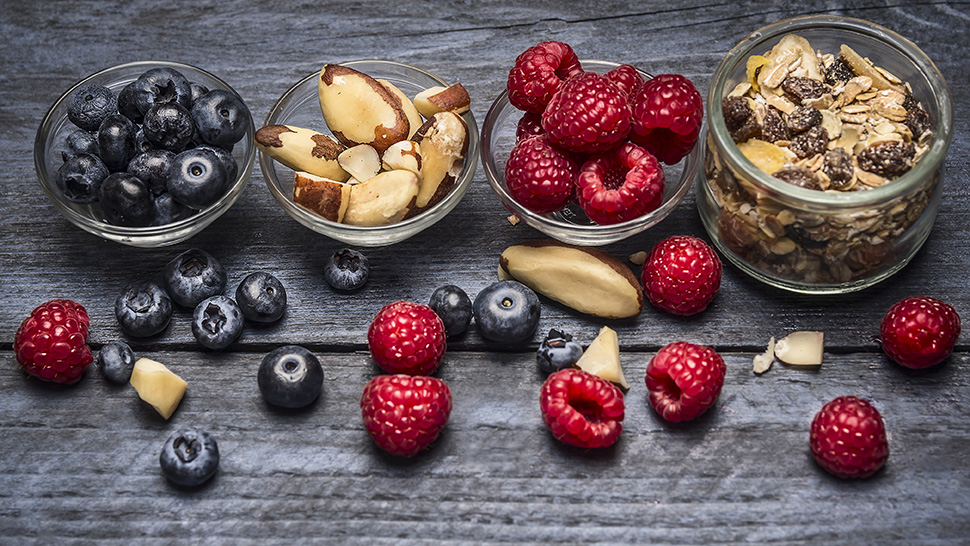The Buzz: Blue Zones® Diet
- by bonappetit

What’s the buzz?
Eating like people in the globe’s “Blue Zones” could be the secret to a long, happy, and healthy life.
What does the science say?
The Blue Zones® refers to five regions around the world that are home to some of the world’s healthiest and oldest people — Loma Linda, CA, in the United States; Ikaria, Greece; Okinawa, Japan; the Ogliastra region of Sardinia, Italy; and the Nicoya peninsula of Costa Rica. While on the surface these communities might appear quite different, at their core they share several commonalities that National Geographic Fellow Dan Buettner and a group of anthropologists have deemed essential to living healthfully to 100 or beyond. (Buettner has trademarked the term and has launched an advice and consulting business based on his research.) They eat a diet of mostly plants, incorporate low-intensity movement as part of their daily lives, family and community are central to their belief systems, and they maintain both a sense of faith and purpose. Before you attribute growing old to purely good genes — surely this has something to do with it — it should be noted that they also have some of the lowest rates of cardiovascular disease, cancer, and Alzheimer’s, which likely has a lot to do with their lifestyle.
So, what can we learn from the diets of these healthy centenarians? First, fill your plate with mostly vegetables. The people of Okinawa are known to eat 300 grams of vegetables per day — that’s between 3 to 10 (yes, 10!) cups depending on the type of vegetable. Just for reference, only one in 10 Americans consumes the recommended 2 to 3 cups of vegetables per day. In Sardinia, they eat many foods found in the well-known Mediterranean diet, but emphasize whole grains, vegetables, and legumes even more so than other Mediterranean countries. They eat very little, if any meat, and avoid processed foods. In Loma Linda, CA, the population is mostly Adventists, who are vegetarian and do not smoke or drink alcohol.
Lastly, the Blue Zoners don’t overstuff themselves. In Japanese, this is referred to as hara hachi bun me, or “eat only until you are 80 percent full.” In a culture where membership in the clean plate club is considered a virtue, Americans could probably take a cue from the Okinawans on this subject.
What’s the takeaway?
While it may sound basic, eating a diet rich in plants proves to, yet again, be one of the keys to health and longevity. But to live to 100 disease-free, you probably need to adopt some other healthy habits such as regular (moderate) exercise and managing stress. Cultivating positive relationships and prioritizing faith, family, and friends are likely to make a difference, too!
Read more about the the Blue Zones® and grab some recipes here at Buettner’s website.